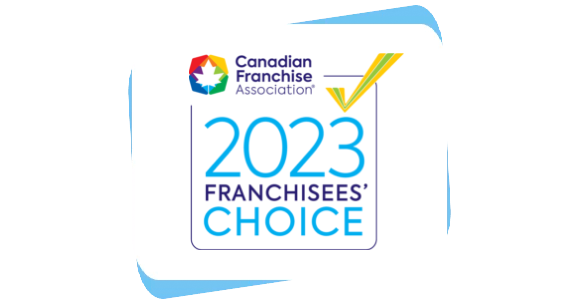Math and reading are essential skills that lay the foundation for academic success and future opportunities. Yet, math and reading scores are in decline among high school students. Newly released data from the National Assessment of Educational Progress (NAEP) reveals a concerning trend in the preparedness of high school seniors for college-level math and reading.
The Nation’s Report Card indicates that only 37% of students are adequately prepared for these subjects. This represents a decline of 2 percentage points in math and one percentage point in reading since the previous assessment in 2013.
Here are more key findings and implications of the NAEP data, shedding light on the challenges faced by the education system.
The Achievement Gap is Widening
The NAEP report highlights several key findings and sheds light on the challenges faced by the education system. One of the most striking aspects of the report is the growing disparity between the highest and lowest-performing students. While the performance of top achievers in reading has shown improvement, the lowest-achieving students are performing worse than ever.
The analysis shows that:
- 25% of students scored proficient or higher in math
- 37% achieving the same level of reading
However, students scoring below a basic level have increased in both subjects since 2013. Specifically, 38% of students scored below basic in math, and 28% did so in reading.
Understanding the Challenges and Implications of Math and Reading Scores
The report also highlights significant disparities in achievement among different racial and ethnic groups.
White and Asian students outperformed their black and Hispanic peers by a substantial margin. In math, 32% of white students and 47% of Asian students scored at proficient or above levels, while only 7% of black students and 12% of Hispanic students reached the same level.
Similar gaps were observed in reading, with 46% of white students and 49% of Asian students scoring at or above proficient, compared to only 17% of black and 25% of Hispanic students.
The Achievement Gap Remains Stagnant
Despite the overall decline in proficiency rates, the report indicates that the achievement gaps between student subgroups have remained unchanged since 2013. This lack of progress is a cause for concern. It suggests that efforts to address the achievement gap have yielded little results over the past few years.
The only significant increase in proficiency was observed among English language learners, primarily driven by the higher number of Asian students within that subgroup. This finding suggests that efforts to address the achievement gap have yielded little progress over the past few years.
Factors Influencing the Results
Explaining the reasons behind the decline in scores is a complex task. Peggy Carr, the acting commissioner of the National Center for Education Statistics, urged caution in drawing definitive conclusions about the reasons for the decline in scores. However, she offered some hypotheses to explain the findings.
The increase in the number of students taking advanced-level courses may contribute to higher scores among high-achieving students. On the other hand, the decline in scores among the lowest-performing students could be attributed to a historic low in the dropout rate. Meaning that the test was administered to some students who traditionally would not have been in class.
The latest NAEP data paints a concerning picture of college readiness among high school students, particularly in math and reading. The decline in proficiency rates and the widening achievement gap between different student groups highlight the education system’s challenges.
Develop Math and Reading Skills With a Tutoring Program
Oxford Learning is here to help. Tutoring programs can help your child develop study and learning skills to keep students learning. Plus, a tutoring program will help set up your child for success for their entire life.
Contact a location near you to learn more.







